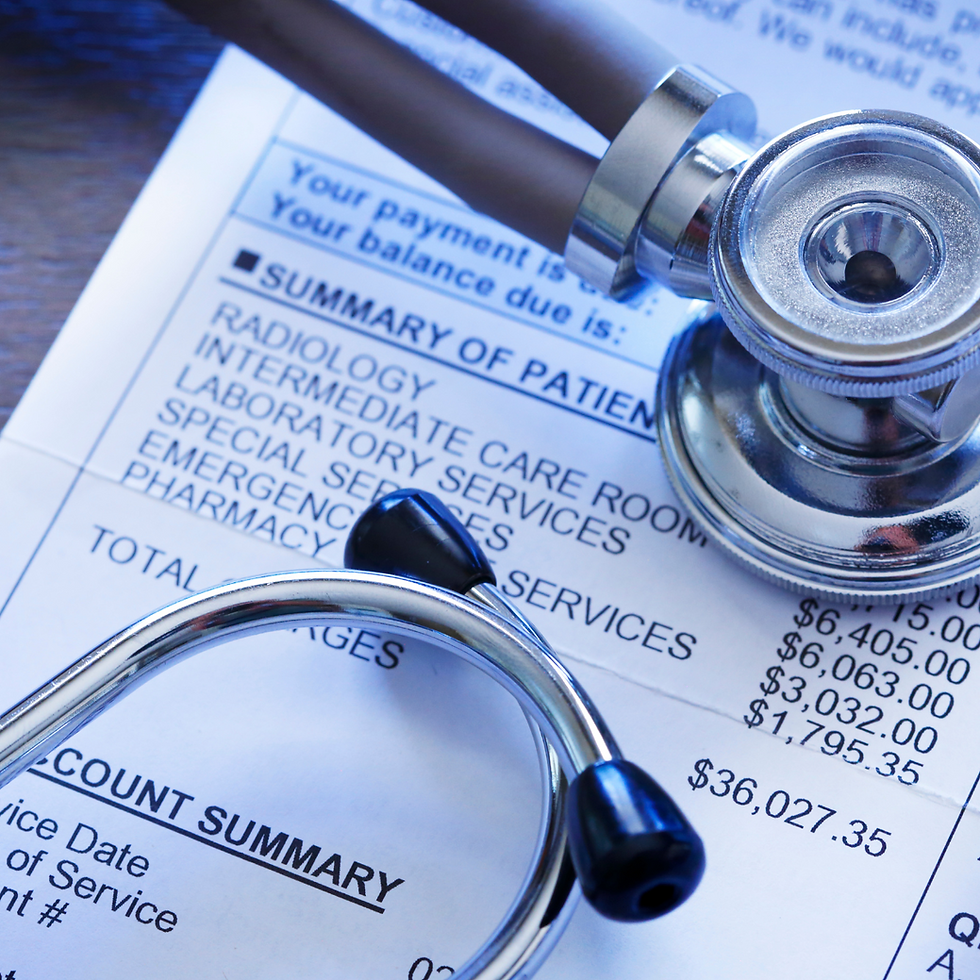June is National Safety Month: What You Need to Know About Rhode Island’s Pedestrian Laws
- Ann Sheeley
- Jun 15, 2020
- 4 min read
Updated: Dec 17, 2020
Drivers and pedestrians both share in the responsibility of abiding by traffic laws to keep themselves and others safe. This is especially important right now, as more people are walking and biking for exercise after being cooped up indoors during the COVID-19 pandemic. Tragically, on a national level, pedestrian fatalities are on the rise. According to a recent report from the Governors Highway Safety Association (GHSA) containing 2019 preliminary data, there were 6,590 pedestrian fatalities in the U.S. last year - the highest number in more than 30 years - and GHSA projects that pedestrians will account for 17% of all traffic deaths in 2019 versus 12% in 2009.[1]
At Sheeley Law, we are focused on ways to help keep our communities safe. The National Safety Council has designated June as National Safety Month and we want to take this opportunity to inform you about Rhode Island’s pedestrian laws and offer important safety tips.

Reasons for the Alarming Statistics
The majority of pedestrian fatalities occur on local roads, at night and not in intersections. Over the past 10 years, nighttime pedestrian fatalities increased 67%, compared to 16% of daytime fatalities.
Pedestrians struck by large SUVs are 2x more likely to die than those hit by a car.
Speeding, distracted and impaired driving still pose the highest risks. In fact, alcohol/drugs was reported in nearly half of fatal pedestrian accidents.
For GHSA’s full report, please click here.
Rhode Island Statistics
On a positive note, according to GHSA, as well as another report issued by the National Highway Traffic Safety Administration in November 2019[2], pedestrian fatalities in Rhode Island have declined since 2017, bucking the national trend. The Rhode Island Department of Transportation (RIDOT) attributes the decline to an increased investment in pedestrian safety. In a WJAR-TV news story, the RIDOT explained, “we’ve provided more funding for law enforcement to do directed patrols for pedestrian safety. This includes drivers who fail to yield to pedestrians in crosswalks. It also includes pedestrians who cross outside a crosswalk, are distracted, or do not obey the crossing signals that indicate when it's safe to cross. We also have a new series of public service advertisements to raise awareness of the importance of pedestrian safety and the role both drivers and pedestrians have in avoiding serious injuries or fatalities." [3]
Rhode Island Pedestrian Laws
All residents should familiarize themselves and obey our state’s traffic laws R.I.G.L. § 31-18-3. Most assume that pedestrians always have the right of way, but this is not the case. Below is a summary of Rhode Island’s pedestrian laws:
All pedestrians must follow traffic control signals.
If there is no traffic signal but there is a crosswalk, then the pedestrian does have the right of way. The driver of a vehicle shall yield the right of way, slow down or stop if need be to allow a pedestrian to cross the roadway within the crosswalk. However, no pedestrian shall suddenly leave a curb or other place of safety and walk or run into the path of a vehicle so that it is impossible for the driver to yield.
When a pedestrian is crossing outside of the crosswalk, cars have the right of way. Every pedestrian crossing a roadway at any point other than within a marked crosswalk or within an unmarked crosswalk at an intersection shall yield the right-of-way to all vehicles upon the roadway. In all situations, drivers must exercise “due care” to avoid colliding with pedestrians and bicyclists.
When there is a sidewalk available, pedestrians may not walk in the road except to cross.
In areas with no sidewalks, any person walking, jogging, or running shall, when practicable, walk, jog or run only on the left side of the roadway or facing traffic.
Under no circumstances shall anyone walk, run, or jog on any interstate highway.
Any person jogging or running during the time from one-half hour after sunset to one-half hour before sunrise, shall, wear reflective material, which is visible by low beam headlamps from a distance of at least five hundred feet (500').
It is important to note that violations of these laws are subject to fines. Safety Tips
Below are some tips to keep you and your family safe:
Pay attention to your surroundings and always abide by traffic signals, even if no vehicles are present.
If there are no traffic signals, cross the street at a crosswalk or, at the very least, at an intersection where drivers expect pedestrians. If you need to cross outside of expected areas, look for traffic in all directions and only cross when no vehicles are present. Always cross in well-lit areas.
Remain on the sidewalk, wherever possible. If you are walking on a street that does not have a sidewalk, always walk facing traffic.
Avoid distractions (put down the phone!), make eye contact with drivers and wait for them to come to a full stop before crossing in front of them.
Wear high visibility clothing whenever you go for a walk or jog, especially at dawn, dusk and night.
If you’ve had a few drinks and are walking home, be extra cautious and follow all pedestrian laws.
As you venture out this summer, we at Sheeley Law want you to stay safe. If you or a loved one are injured in an accident, we are here for you. Personal Injury attorney Ann Sheeley has more than 25 years of experience and a proven track record of helping pedestrian accident victims obtain maximum compensation for their losses and suffering. Please do not hesitate to contact us, 24/7, at 401-619-5555 or asheeley@sheeleylaw.com.





Comments